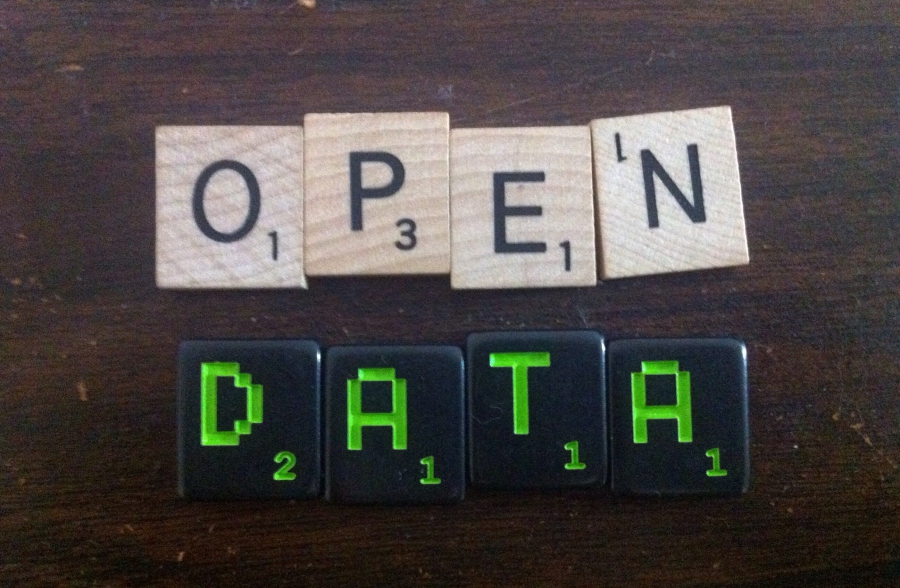Current open data databases in Armenia, on one hand, provide quite a lot of information, but, on the other hand, the information is provided without a specific format, a clear form. The way information is provided changes from site to site. On one site, it’s simply in html format; in another, in .pdf, .doc, or .xls format.
There are also databases that provide data only through search. There isn’t a common approach on how and in what format the information may be published. The legislative requirement, in fact, is being met, the data is being published; however, working with the data becomes difficult.
One can come across data that is already outdated or inaccurate or is technically not available on the site.
The work becomes difficult not only for a specific exploration — in many cases, automated work with the data becomes almost impossible.
The information provided by a state agency, when adapted by a third party, can become grounds for numerous programs to improve public life: for example, systematic and automatically processed information of the education system, transportation, environment, agriculture, and other sectors. But to find such solutions, the information must
- always be recent, reviewed, precise;
- be in a machine-readable format; for example, XML, CSV, and so on; and
- be provided in a few formats.
Special API, which is still neglected in Armenia today, becomes important in working with information today.
Numerous other questions arise regarding the presented data. For example, the approach to ownership is quite inaccessible. The copyright symbol and the corresponding text “© All rights reserved” can be found on all the government websites (only on the president’s official website is the Creative Commons 3.0 license also posted, which implies that the content is more free to use. Though, in this case, it’s unclear why the 3.0 version was selected).
This approach means restricting data processing and republishing. On the other hand, the vast majority of the information posted on government websites — the news, databases, documents — are generally not subject to copyright. And those few pieces that might be subject to copyright (for example, photos and videos) were created with funds from the state budget, and copyright restrictions on these run contrary to the public interest.
It’s understandable that the copyright symbol is automatically placed on government websites, imitating the overall approach online. But the uncoordinated approach to such issues provides unscrupulous officials with the opportunity for abuse in working with the information.
P.S. The World Wide Web Consortium (W3C) has provided suggestions on publishing open data.
Samvel Martirosyan







